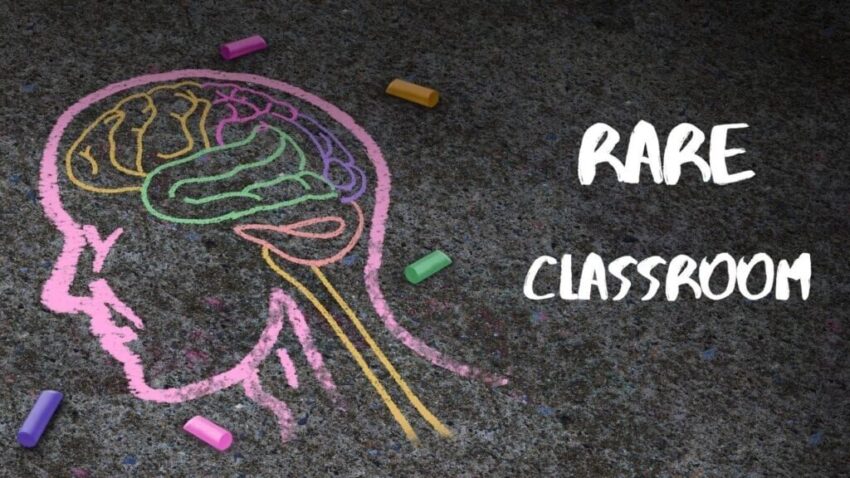Welcome to the Rare Classroom, a new series from Patient Worthy. Rare Classroom is designed for the curious reader who wants to get informed on some of the rarest, most mysterious diseases and conditions. There are thousands of rare diseases out there, but only a very small number of them have viable treatments and regularly make the news. This series is an opportunity to learn the basics about some of the diseases that almost no one hears much about or that we otherwise haven’t been able to report on very often.
Eyes front and ears open. Class is now in session.
The disease that we will be learning about today is:
Autoimmune Hemolytic Anemia
What is Autoimmune Hemolytic Anemia?
- Autoimmune hemolytic anemia is an autoimmune disorder in which antibodies develop which target the body’s own red blood cells
- Antibodies usually develop against high-incidence antigens, and often act on cells originating from outside of the body, such as during a blood transfusion
- Because the cells are destroyed prematurely, anemia develops, a condition of insufficient oxygen carrying blood cells in circulation
- The normal lifespan of a red blood cell is 100-120 days; in the disease, they may only survive for less than a week
- The condition has an incidence rate ranging from 0.45 per million people to 10 cases per million
- The condition can be further divided into two subtypes:
- Warm autoimmune hemolytic anemia, which is the most common type
- Cold autoimmune hemolytic anemia
- It can be a precursor condition to lupus
How Do You Get It?
- Autoimmune hemolytic anemia can occur with no clear cause (idiopathic)
- In about half of cases, no cause can be identified
- The disease can also occur in a secondary form, being triggered by other diseases
- Some examples of diseases that can lead to the illness include:
- A wide range of autoimmune diseases
- Chronic lymphocytic leukemia
- Other blood cancers, such as non-Hodgkin lymphoma
- Epstein-Barr virus
- HIV
- Hepatitis
- Cytomegalovirus
- Mycoplasma pneumonia
What Are the Symptoms?
- Symptoms of autoimmune hemolytic anemia include:
- Shortness of breath
- Pallor
- Muscle weakness
- Fatigue
- Raynaud phenomenon
- Acrocyanosis
- Gangrene (rare)
- Spherocytosis
- Low hemoglobin
- High blood LDH
- Elevated unconjugated bilirubin
- Low haptoglobin
- Reticulocytosis
How Is It Treated?
- Steroids are the most common first-line treatment, particularly for the warm disease variant. This is not used in the cold form because of low response rates
- Rituximab may be added to boost the response rate
- Alternative treatments that may be tried include:
- Cyclosporine
- Cyclophosphamide
- Azathioprine
- Bortezomib
- Mycophenolate mofetil
- Initial response rates are high, but outcomes can vary
Where Can I Learn More???
- Check out our cornerstone on this disease here.
- Learn more from the Autoimmune Association.



